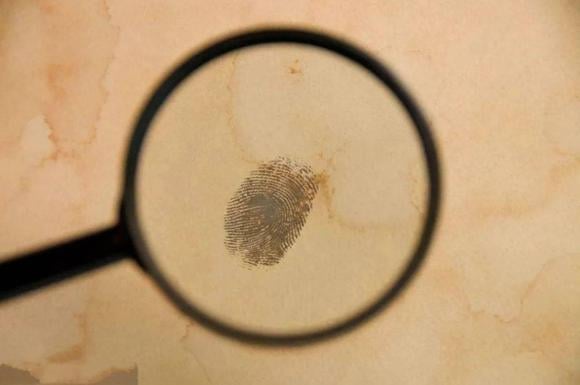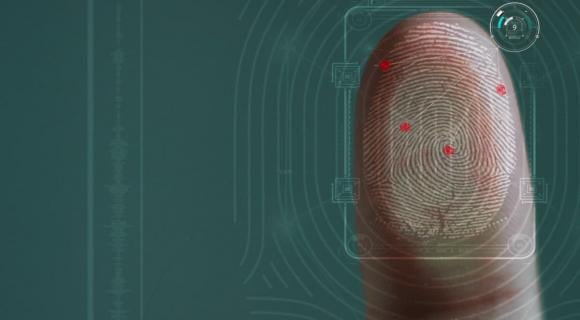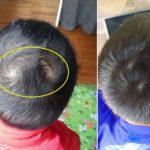Fingerprints are widely recognized as one of the most unique identifiers of an individual. Each person’s fingerprint pattern is distinct, even among identical twins. Today, fingerprints are utilized in various fields such as human identification, population management, security authentication, biometrics, and criminal investigations.
But why are everyone’s fingerprints unique? If you look at your palm, you’ll notice certain ‘patterns’. At first glance, fingerprints may seem similar, but they are, in fact, one-of-a-kind. Here are some reasons why fingerprints differ from person to person:
**Genetics:**
According to Sina, while there is evidence that environmental factors can influence fingerprint patterns, genetics play a more significant role. Your DNA is unique to you, and so are your fingerprints. This is the primary reason why fingerprints vary from person to person.
**Development in the Womb:**
The formation of fingerprints begins in the mother’s womb. During a fetus’s development, the epidermal ridges on the fingertips go through a complex process of growth and interaction with various proteins and signaling molecules. This growth process determines the shape and pattern of fingerprints, making them unique to each individual.
**Uniqueness:**
Human fingerprints differ in pattern, type, and quantity. Even the fingerprints on the same person’s two hands can vary.
**Environmental Factors:**
External environmental factors can also influence fingerprint patterns. For example, exposure to chemicals, burns, or skin diseases can affect the fingerprint ridges.
Here are some interesting facts about fingerprints:
– According to experts, fingerprints are formed when a fetus is just 5-6 months old, and these patterns remain consistent throughout an individual’s life. Criminals who try to erase their fingerprints by abrading their fingertips will find that the new skin growth still retains the old fingerprint patterns.
– However, there are rare cases of people being born without fingerprints. Scientists from the Techion Institute of Technology (Israel) and Thomas Jefferson University (USA) attributed this to a deficiency in the protein keratin 14 (KRT14), which causes DPR and Naegeli Syndrome, both of which are characterized by fingerprint absence. KRT14 is a fibrous protein that forms the body’s corneal tissue and plays a crucial role in skin and fingerprint development. Keratin 14 deficiency is a hereditary condition.
– Law enforcement agencies can now detect drug use through fingerprints in just a few minutes. A small device is used to apply nano-gold particles coated with antibodies to the fingerprints. These antibodies bind to antigens in the sweat, creating fluorescent particles that indicate whether the person has used drugs.
– The use of fingerprints as a form of identification has a long history. Ancient Babylonians pressed their fingerprints into clay tablets to record business transactions, while ancient Chinese used fingerprints as a form of signature on documents to establish identity and debt.
– Today, when travelers visit the United States, they are required to provide their fingerprints upon entry, which are scanned and stored for easy identification and population management.

Why Do People Have Different Fingerprints?





































